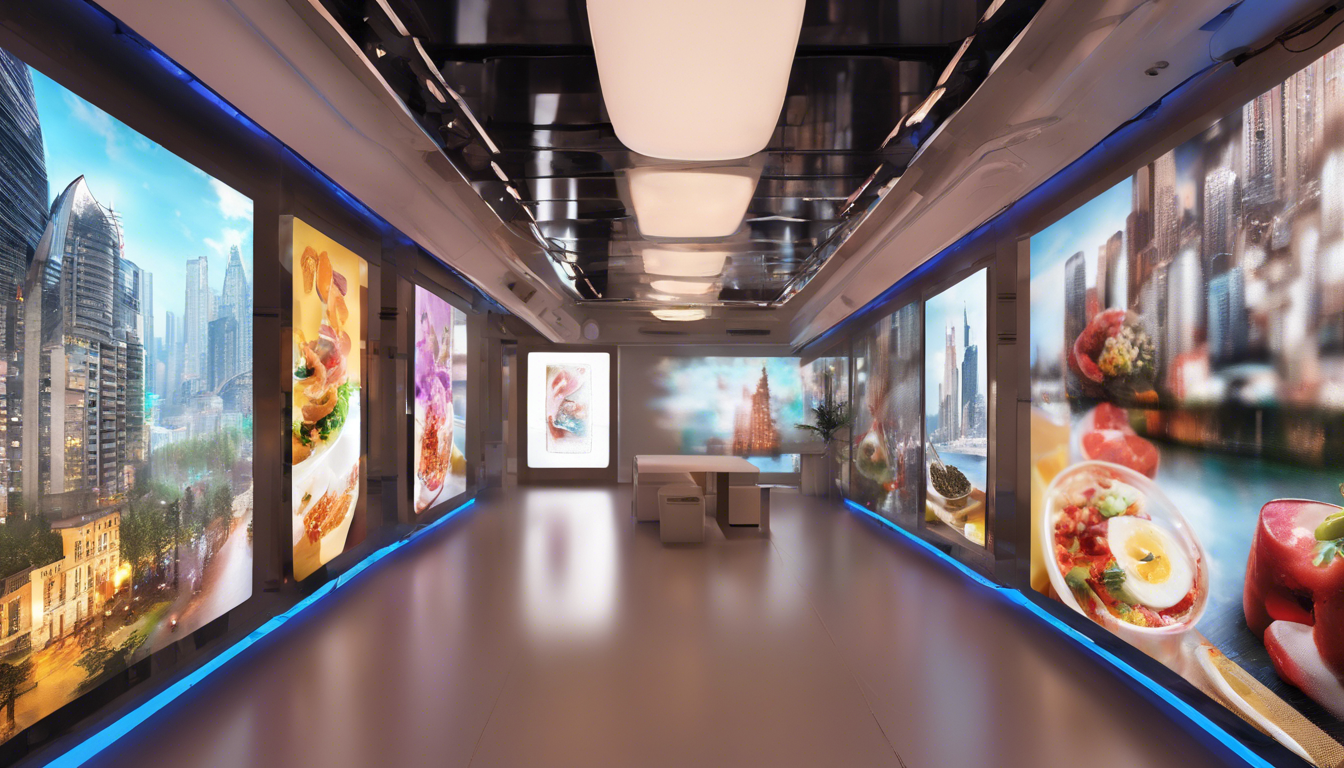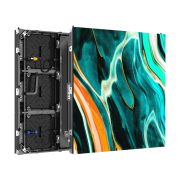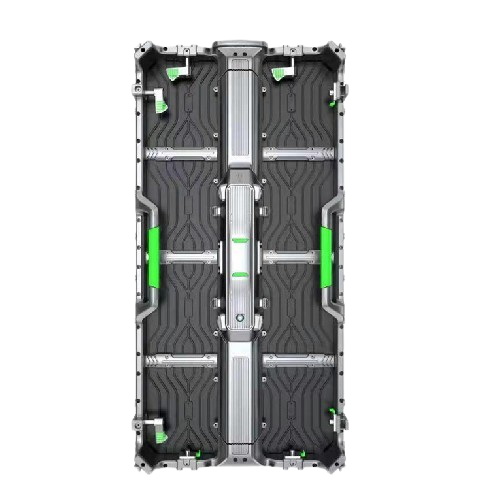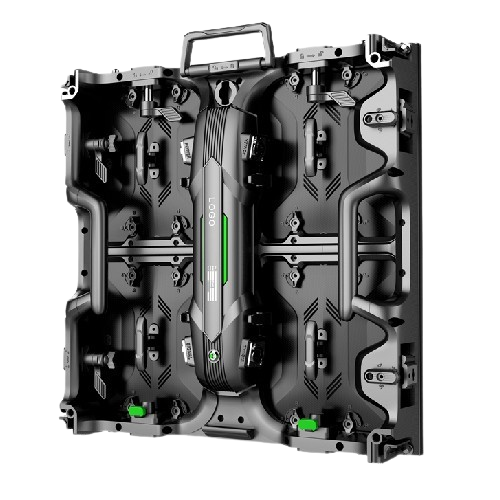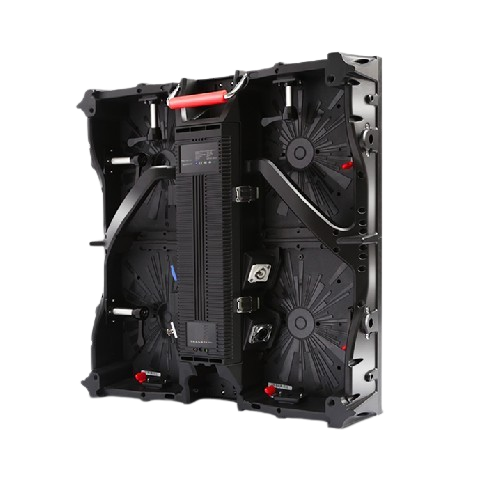Revolutionizing Visual Displays: The Marvel of Transparent LED Display Manufacture
Transparent LED displays have emerged as a groundbreaking technology, revolutionizing how we engage with visual content. Let’s dive deep into the intricate world of LED Display Transparent Manufacture and unravel the layers that make this technology a cornerstone of modern display solutions.
Understanding Transparent LED Displays
What is a Transparent LED Display?
A transparent LED display is a screen that allows viewers to see through it, akin to looking through a window. Unlike traditional displays, these innovative screens employ LEDs embedded within a transparent material, creating a seamless blend of real and virtual environments.
Key Features of Transparent LED Displays
The Manufacturing Process
Raw Materials Used
The manufacture of transparent LED displays involves several essential materials, including:
Step-by-Step Manufacturing Process
1. Substrate Preparation: The acrylic or glass substrate is precisely cut and polished.
2. LED Placement: LEDs are embedded onto the transparent substrate using advanced machinery.
3. Wiring and Connectivity: Fine conductive pathways are drawn using transparent conductors like ITO.
4. Quality Control: The display undergoes rigorous testing to ensure optimal performance.
5. Encapsulation: Protective layers are added to safeguard the internal components.
Technological Innovations
Innovations in the transparent LED display manufacture process have significantly enhanced the quality and capabilities of these screens. Noteworthy advancements include:
Applications of Transparent LED Displays
Retail and Advertising
Transparent LED displays offer retailers a unique way to engage customers by transforming store windows into dynamic, interactive advertising platforms.
Corporate Environments
Modern businesses use these displays for boardroom presentations, data visualization, and ambient displays that do not obstruct room views.
Architectural Integration
Architects leverage transparent LED displays to create aesthetically pleasing façades, blending digital content with physical structures.
Event and Stage Design
In concerts and events, transparent LED displays bring scenery to life without obstructing the view, offering a magical experience for the audience.
Challenges in LED Display Transparent Manufacture
Maintaining High Transparency and Brightness
Achieving the right balance between transparency and display brightness is a critical challenge that manufacturers constantly work to overcome.
Durability and Longevity
Ensuring that transparent LED displays are durable enough for long-term use, especially in outdoor environments, requires advanced materials and technologies.
Cost Implications
The cost of materials and the complexity of the manufacturing process make transparent LED displays relatively expensive. Innovations are continuously aimed at reducing these costs without compromising quality.
Future Prospects
The transparent LED display market is expected to see significant growth due to advancements in technology and increasing demand across various sectors.
Anticipated Technological Advancements
Case Studies and Real-Life Applications
The Use of Transparent LED Displays in Museums
Museums worldwide are incorporating transparent LED displays to enhance visitor experiences, offering interactive exhibits that enrich learning and engagement.
Transparent LED Displays in Automotive Industry
Automakers use these displays for augmented windshields and infotainment systems, providing drivers with essential information without obstructing their view.
Why Transparent LED Display Manufacture is a Game-Changer
Transparent LED displays are not just a technological marvel but a paradigm shift in how we perceive digital content. Their applications are vast, and ongoing innovations promise even more groundbreaking capabilities.
Conclusion
In conclusion, the LED display transparent manufacture is reshaping the landscape of visual displays. From retail to corporate environments and beyond, these displays offer unrivaled advantages, marrying the digital and physical worlds in a way that fascinates and engages. As technology continues to evolve, we can only expect more advanced and cost-effective solutions that will further transform our interaction with visual media.

